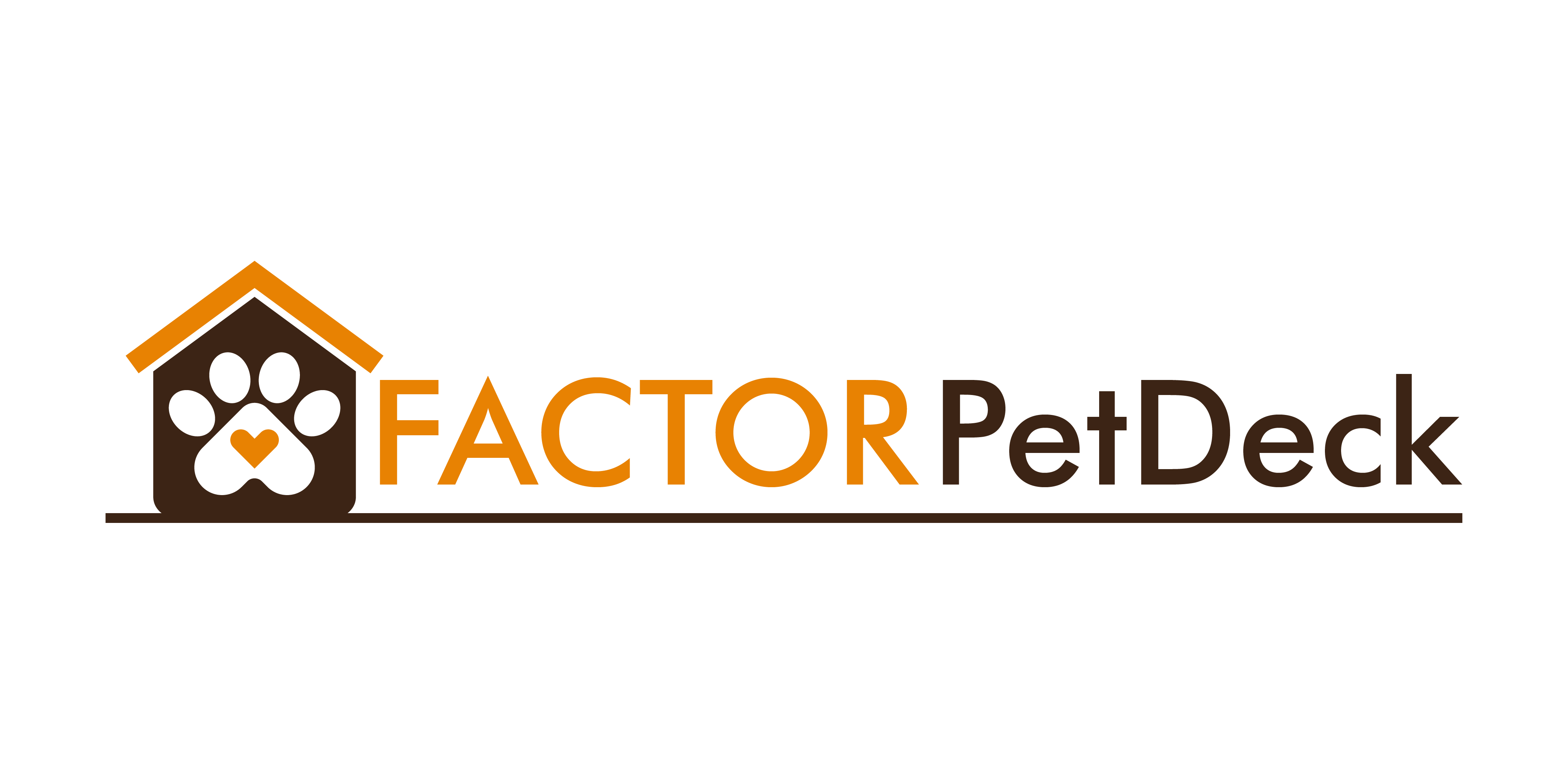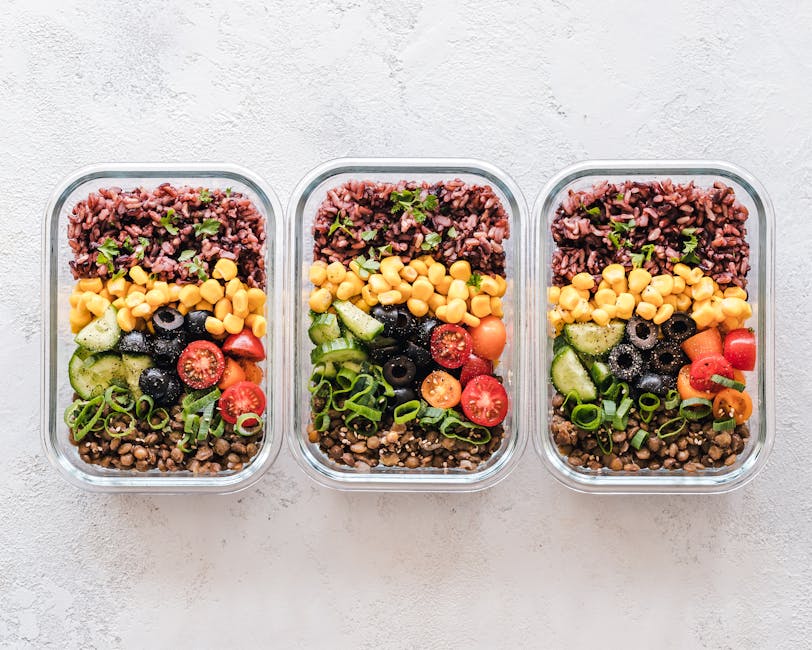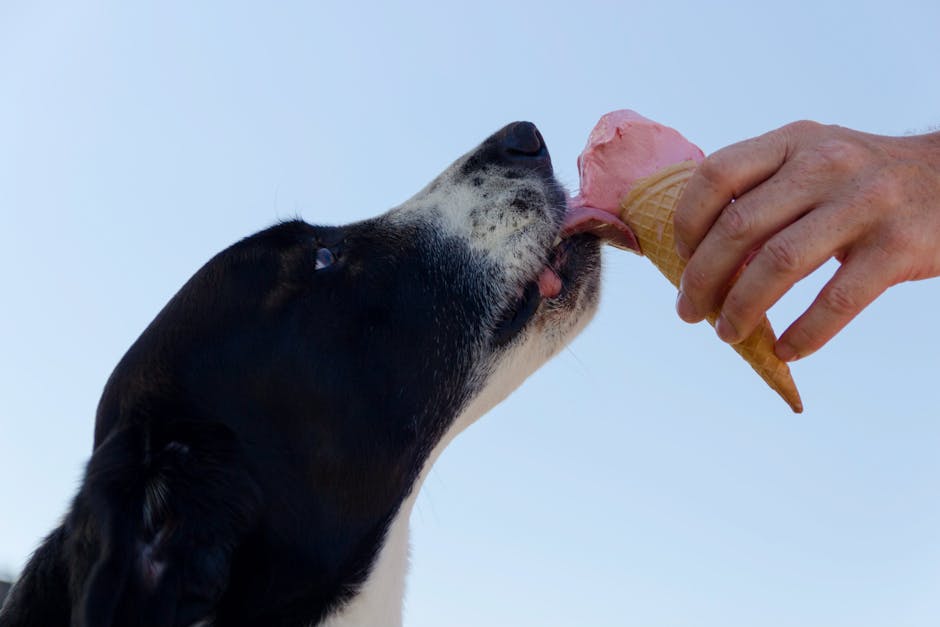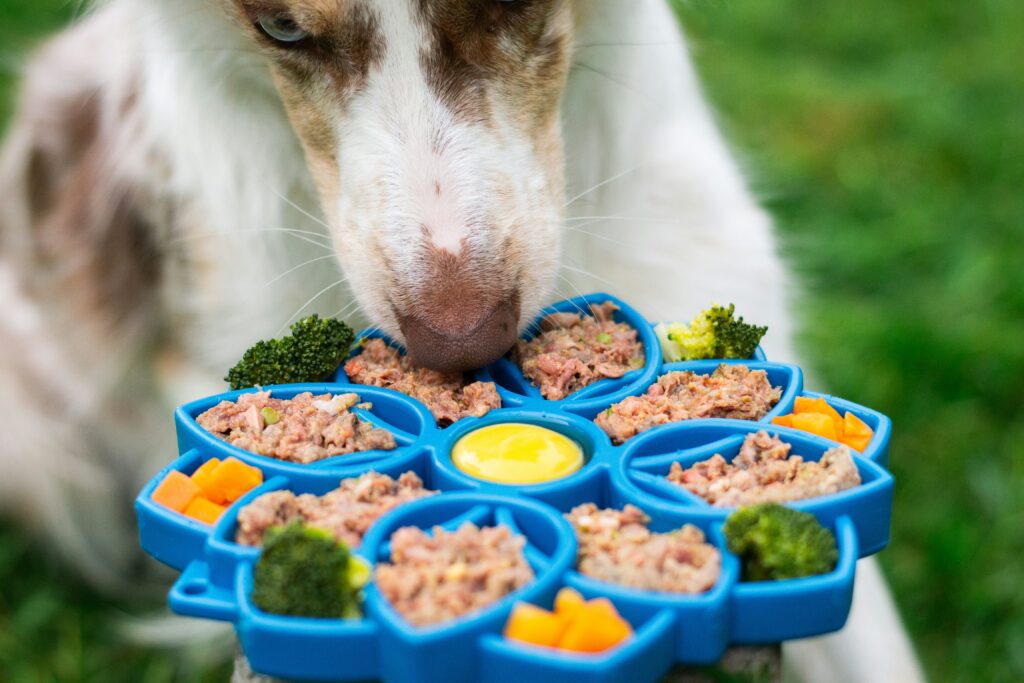Why Pet Nutrition Isn’t Optional
Health starts with the bowl. What you scoop into your pet’s dish every day either builds them up—or sets them on a slow decline. Just like us, animals need fuel that’s balanced, not just filling. Cheap food loaded with fillers or mystery meat doesn’t cut it anymore. Your pet’s energy, coat quality, digestion, and even mood are tied closely to what they eat.
A smart, nutrient-rich diet isn’t about being fancy. It’s about avoiding preventable problems down the line: obesity, weak joints, skin issues, chronic inflammation, and expensive vet bills. Well-fed pets don’t just live longer—they thrive. They climb stairs without limping. They digest meals without drama. They live more of their years in good health.
If your dog’s coat is fading, your cat’s ignoring food, or their energy drops without explanation—it’s a sign. Diet might not be the only issue, but it’s often the first place to look. No need to panic. Just get curious and dig into their food routine. Nutrition isn’t everything, but it’s first for a reason.
Understanding What “Balanced” Actually Means
A balanced diet isn’t just marketing lingo—it covers the specific mix of nutrients your dog or cat needs to stay healthy, active, and mentally sharp. At the core are proteins, fats, vitamins, and minerals. Get these wrong, and it shows. Dull coat, low energy, digestion issues—these are just a few red flags.
Protein is king. For both dogs and cats, it supports muscle growth, repair, and immune function. Cats, being obligate carnivores, need even more of it—and from animal sources. Fats come next, delivering energy and helping absorb fat-soluble vitamins like A, D, E, and K. Omega-3s, in particular, punch above their weight for anti-inflammatory benefits.
Vitamins and minerals round off the essentials. From calcium and phosphorus for strong bones to B vitamins that keep the nervous system ticking, these micro-nutrients may be small, but they’re critical.
What makes things trickier is that nutritional needs shift. Puppies or kittens need calorie-dense food to grow; older pets may need fewer calories but more joint support. A couch-loving cat won’t need the same macros as a working farm dog. Breed matters too—some large breeds are prone to joint issues that require targeted support early on.
Bottom line: balanced nutrition isn’t one-size-fits-all. Know your pet, know their stage of life, and let their food reflect that.
Whole Foods vs. Commercial Pet Food
Raw and homemade diets have gotten plenty of buzz—and for good reason. When done right, these approaches give you full control over what’s in your pet’s bowl. Whole meats, fresh veggies, and fewer fillers. But there’s a catch: it takes real work. Miss just one key nutrient, and you could throw your pet’s health off-balance. Risks include calcium deficiencies, bacterial contamination, and bad ratios between protein and fat. Bottom line—if you’re going this route, talk to a vet or animal nutritionist first. Guesswork doesn’t cut it.
On the flip side, commercial pet foods get a bad rap, but some are solid. The main thing is label literacy. Watch for vague ingredients like “animal digest” or “meat by-product meal”—these usually mean lower quality. Look for named proteins (like “chicken” or “salmon” at the top), limited fillers, and a clear statement that the food is “complete and balanced.”
Want to spot quality fast? Check for AAFCO certification, clear ingredient panels, and brands that back up their claims with research. Trusted companies test their formulas and keep sourcing transparent. If the food you’re buying hides behind fussy marketing or lacks a real address to contact—move on.
Nutrition doesn’t need to be fancy—it just needs to be sound. Whether you prep it at home or buy it off the shelf, your pet’s food should be built to do more than just fill the bowl.
Reading Pet Food Labels Like a Pro
Pet food packaging is designed to sell, not educate. Don’t let buzzwords fool you. Words like “premium,” “natural,” or “vet recommended” aren’t regulated in any meaningful way. They create the illusion of quality without guarantees.
Start with the phrase “complete and balanced.” This one actually matters. It means the food meets the minimum nutritional standards set by AAFCO (Association of American Feed Control Officials). It doesn’t mean the food is ideal, but it covers basic needs.
Keep an eye out for “meal” and “by-product” in the ingredients list. “Chicken meal” is rendered meat—essentially concentrated protein—often more nutritionally dense than fresh meat. On the other hand, “chicken by-product” is a mixed bag: organs, beaks, maybe some feathers. It’s not bad by definition, but it’s inconsistent and often lower in quality.
Your job? Read critically. If a label screams benefits but buries its ingredient list in fine print, dig deeper. Assume nothing. Real quality doesn’t need loud marketing.
For a deeper breakdown of label jargon, check out Understanding Pet Food Labels: A Guide for Owners.
Common Mistakes Pet Owners Make
Let’s not sugarcoat it—there are a few habits pet owners fall into that quietly chip away at their pet’s well-being. First up: feeding the exact same food for years. Routine is fine, but nutritional needs shift over time. Age, health issues, even boredom matter. Switching things up every now and then—after doing your homework—can make a big difference in energy levels, digestion, and overall health.
Then there’s the problem of shared snacks. What’s safe for you might be dangerous for them. Grapes, onions, chocolate, even xylitol-sweetened peanut butter can be life-threatening to pets. The rule is simple: if you’re not 100% sure, don’t feed it from your plate.
Finally, portion control is often ignored, especially with smaller pets. Overfeeding leads to slow, silent problems like obesity, joint pain, and heart issues. Use a measuring cup. Read the label. Don’t guess. Your pet knows how to beg—doesn’t mean they need a refill.
Fixing these common slip-ups doesn’t take a full lifestyle overhaul. Just awareness. And that goes a long way toward a healthier pet.
Supplements: Necessary or Not?
Sometimes, a balanced diet isn’t quite enough. That’s when supplements might come into play. Older pets, for example, may benefit from joint support. Dogs with digestive issues might need probiotics. Cats prone to urinary problems? A cranberry extract supplement could help. The point is, there are moments when extra nutritional support makes sense—but only when it solves a specific problem.
Before adding anything to your pet’s bowl, talk to your vet. Not all supplements are created equal, and some can actually do more harm than good if misused. Your vet can help assess whether your pet’s diet is missing something or if a supplement could improve their comfort or long-term health. Random pills or trendy powders aren’t the way. Make it targeted, and always make it informed.
Tips for Transitioning Foods Safely
Changing your pet’s food isn’t something you rush—unless you enjoy cleaning up after an upset stomach. A slow transition is key. Start with 75% of the current food mixed with 25% of the new. Stick with that for a few days. If all goes well, shift to a 50/50 mix, then 25/75. Within 7–10 days, your pet should be fully on the new diet. Patience here pays off with fewer digestive hiccups and better overall adjustment.
As you switch, pay attention to possible signs of food sensitivities or allergies. Look for itching, excessive licking, ear infections, vomiting, loose stool, or changes in energy. None of these are normal. If they pop up, stop the new food and check in with your vet.
Bottom line: change the bowl gradually, watch your pet’s reaction, and let their body steer the process.
Final Thoughts
You don’t need a veterinary degree to feed your pet well. You just need to stay curious and pay attention. Nutrition isn’t about perfection—it’s about consistency, observation, and being willing to tweak as needed. Whether you feed kibble, raw, or a hybrid plan, balanced nutrition lays the foundation for a longer, more comfortable life for your pet.
That means keeping an eye on their energy, coat condition, weight, and habits as they age. What worked at six months might not work at six years. Pets grow and change, and their diet should too.
So keep learning. Ask questions. Read the label. Watch how your pet responds. Health starts in the bowl—but it doesn’t end there.




